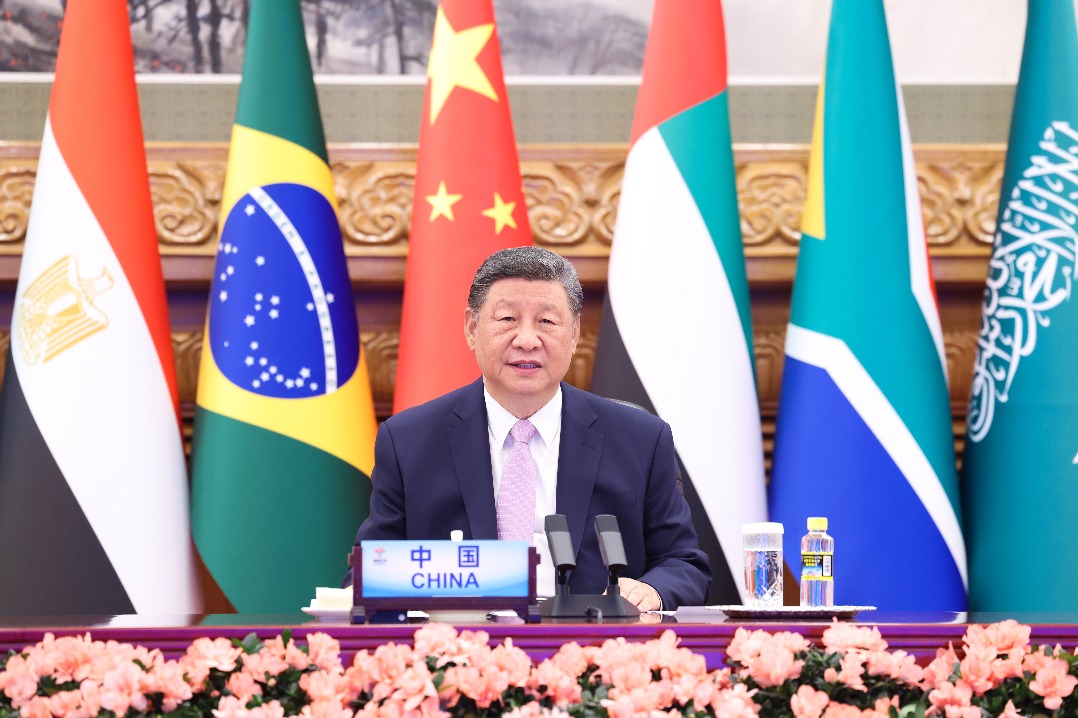China on fast track to cut energy consumption intensity


BEIJING -- China, the world's biggest producer and consumer of energy, is rapidly reducing its energy consumption intensity, as higher energy efficiency will support the country's transition to a modern green economy.
China's energy intensity -- energy consumption per unit of GDP -- decreased 28.7 percent from 2011 to 2020, one of the fastest reductions in the world, according to a white paper released Wednesday documenting the country's progress in mitigating climate change.
From 2016 to 2020, on average, China fueled an annual expansion in its economy of 5.7 percent, but the growth of its energy consumption only stood at 2.8 percent per year. During that time, the amount of energy saved in the country accounted for about half of the total in the world.
Under the goals of peaking its carbon dioxide emissions before 2030 and achieving carbon neutrality before 2060, China is accelerating the transformation to a clean and low-carbon energy consumption structure.
LESS RELIANT ON COAL
China is becoming less reliant on coal, with the proportion of coal consumption declining significantly to address pollution and climate change caused by fossil-fuel combustion.
The country's energy consumption was kept under 5 billion tonnes of standard coal in 2020, and the proportion of coal consumption dropped from 72.4 percent in 2005 to 56.8 percent in 2020.
China has over-fulfilled its target for cutting coal output capacity, eliminating more than 45 million kW of outdated coal and electricity output capacity during the 2016-2020 period.
Non-fossil energy is developing rapidly, with China developing and utilizing alternative energy sources.
In 2020, non-fossil energy contributed 15.9 percent to China's total energy consumption, a significant rise of 8.5 percentage points compared with 2005. The installed capacity of non-fossil energy power generation in China reached 980 million kW, accounting for 44.7 percent of the total installed capacity. Electricity generated by non-fossil energy reached 2.6 trillion kWh, representing more than one-third of the power consumption of the country.
For example, Shanxi Province, one of China's major coal-producing regions, will see the installed capacity of new and clean energy reach half of its total, with one-third of its electricity generated by new and clean energy by 2025. By the end of 2020, the installed capacity of new and renewable energy power generation reached 35.7 million kW, accounting for 34.38 percent of the province's total.
























